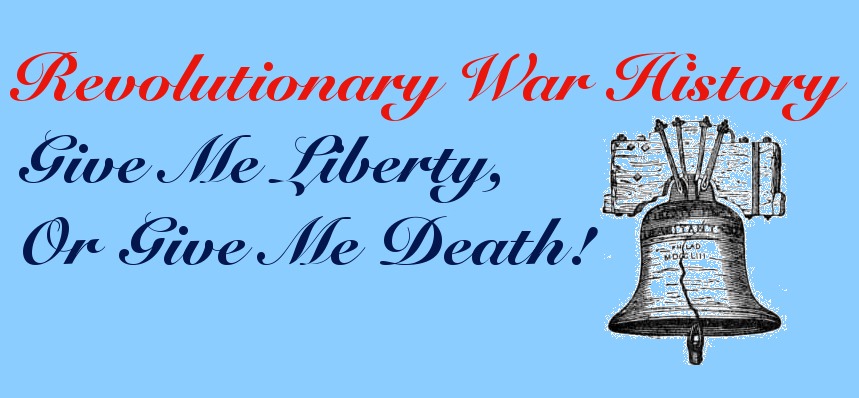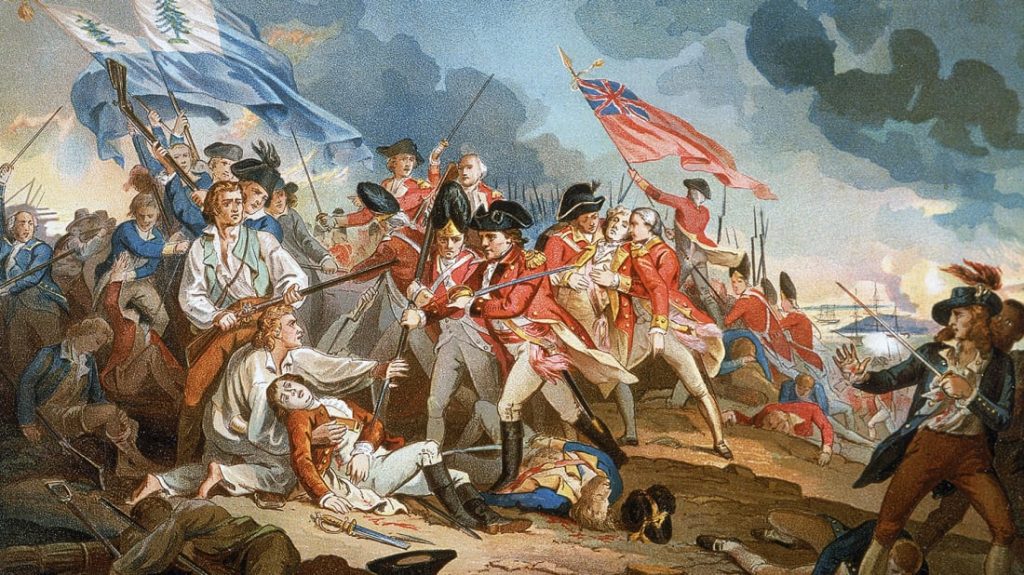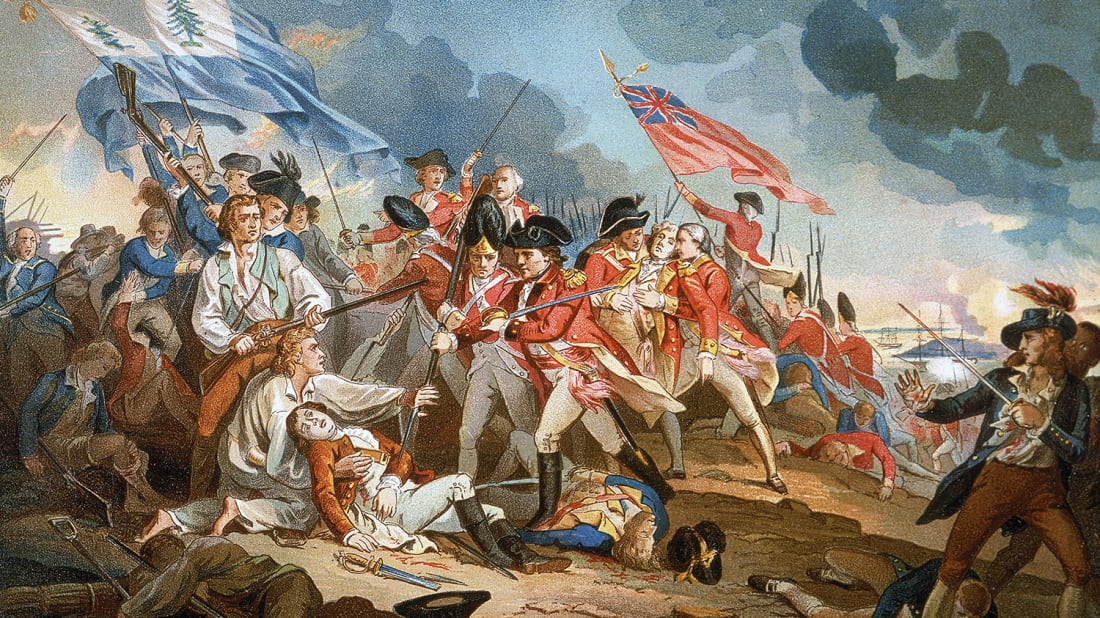
Following the battles at Lexington and Concord, the retreating British armies made their way towards Boston. In Boston the British began to build up fortifications with the help of the Royal Navy.
By the 13th of June, the Colonial Army learned of the British plan to move their men to the Charlestown. In response, Col. William Prescott quickly moved 1,200 of his own troops to Bunker Hill and Breed’s Hill.
On June 17th, Gen. William Howe led his troops to Breed’s Hill, overlooking Bunker Hill. There, he had his troops opened fire against the Colonials. Their first two assaults were repulsed by the Colonists, who “let loose with a lethal barrage of musket fire” leaving heavy casualties on the British side (history).

The British retreated and regrouped. But by the time they began their third and final assault, the Colonists had already run out of ammunition. They easily took Breed’s Hill, and actually engaged with the Colonists in hand-to-hand combat. Heavily outnumbered, the Colonists were forced to retreat to Cambridge, via Bunker Hill.
Bunker Hill is significant because while the Americans may have lost, the battle also garnered great morale throughout their ranks. They had taken down nearly 1,000 enemy troops (92 of them officers), while the Colonists only lost 370 men, most of them in retreat.
This convinced the Americans that their cause was not in vain. They had proved that, though inexperienced, they could stand up against “The Regulars.”
Losses on the American side, unfortunately, included Gen. (Dr.) Joseph Warren and Major Andrew McClary.

